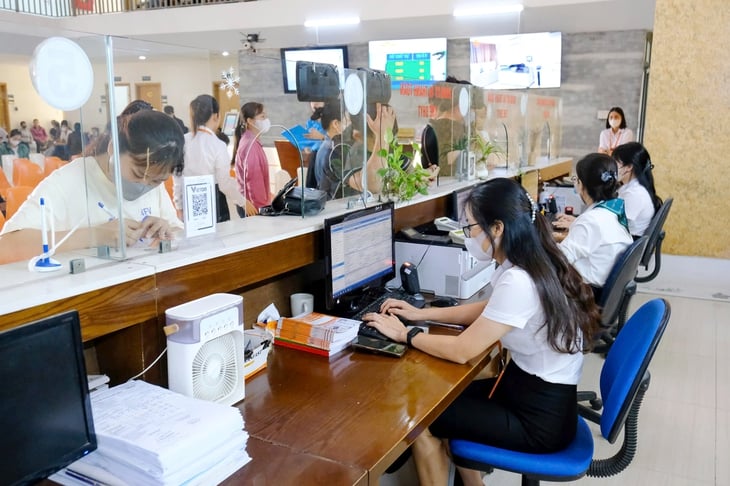
People using health insurance for medical examination and treatment - Photo: HA QUAN
Speaking at the conference on implementing new regulations of the Law on Health Insurance and collecting opinions on the draft decree guiding the implementation of a number of articles of the law on March 27, Deputy Minister of Health Tran Van Thuan assessed that the revised Law on Health Insurance is a turning point in perfecting the policy, ensuring the rights of health insurance participants.
Increase benefits for participants
In particular, the law has stipulated the level of health insurance benefits when implementing health insurance medical examination and treatment (KCB) without distinguishing administrative boundaries by province. Patients are paid 100% of the benefit level when examining and treating at the initial level nationwide.
Enjoy 100% of the benefits when receiving inpatient medical care at the basic level nationwide, and 100% of the benefits when receiving medical care at any basic or specialized medical facility before January 1, 2025, which is determined to be at the district level.
"Especially, in some cases of rare diseases, serious illnesses..., patients are taken directly to specialized medical facilities," said Mr. Thuan.
Mr. Doan Quoc Dan, senior expert of the Health Insurance Department, Ministry of Health, added that the law also expands the rate of outpatient health care benefits at the basic level. Currently, when receiving outpatient health care at a basic level health care facility (less than 50 points on a 100-point scale), people will be paid 100% of the benefit.
By July 1, 2026, when receiving outpatient medical treatment at basic medical facilities (from 50 to less than 70 points); previously provincial and central hospitals, people will be paid 50% of the benefit by the Health Insurance Fund, instead of not being paid as at present.
Previously, the Ministry of Health also issued a circular guiding the list of rare and serious diseases that are transferred directly to the final level. After three months of implementing the list of diseases that are transferred directly to specialized medical facilities, Ms. Tran Thi Trang - Director of the Department of Health Insurance, Ministry of Health - said that the policy has received attention from the people and related units.
"The policy not only brings positive humanistic values but also reduces administrative procedures for people; helps people access medical facilities quickly, equally and fairly. However, the policy has just been put into implementation, so there are still certain difficulties at first.
We are also reviewing to add some diseases that "deserve" to be promoted to a higher level so that patients can receive timely treatment, or eliminate diseases that can be treated at the basic level. During the implementation process, the Ministry of Health continues to listen to and answer questions from people and medical facilities to promptly resolve them, ensuring the rights of patients," said Ms. Trang.
The rate of medical examination at primary health care facilities is decreasing, is it worth worrying about?
Mr. Duong Tuan Duc, Head of the Health Insurance Policy Implementation Department, Vietnam Social Security, said that the rate of health insurance participation of people and medical facilities is increasing.
According to statistics in 2024, the whole country has nearly 10,000 medical stations; 1,300 clinics; 437 specialized hospitals and 1,119 general hospitals registered for health insurance. Among them, non-public facilities registering for health insurance have increased gradually over the years. In 2018, there were 647 health care facilities, increasing to 1,132 in 2024.
Mr. Duc assessed that the current level of development of public and non-public health care facilities has met the health care needs of the people. In particular, the widespread network of health stations - primary health care facilities nationwide.
However, Mr. Duc also raised concerns about the decreasing rate of medical examination and treatment at the commune level. "We are striving for 95% of medical stations to prevent, manage and treat some non-communicable diseases, and by 2030, the health insurance participation rate will reach over 95% of the population; over 95% of people using primary care services at grassroots health facilities will be covered by health insurance, but in reality, the rate of medical examination and treatment at medical stations is decreasing," Mr. Duc raised the issue.
The number of medical examination and treatment visits at the commune level in 2022 will account for 14.6%; 13.65% in 2023 and 12.7% in 2024. The health insurance payment rate will also decrease from 1.74% (2022) to 1.66% (2023) and 1.5% (2024).
According to Mr. Duc, the expansion of medical examination and treatment lines and exemption from co-payment at the initial level (outside the line) is the reason why people do not choose primary health care. It is necessary to calculate so that people choose medical examination and treatment at the initial facility.
Regarding this issue, Ms. Tran Thi Trang explained that the function of primary health care, including health stations, is not only medical examination and treatment but also prevention, food safety, vaccination and communication and education...
"The health system must meet the needs of the people, in accordance with the capacity of the grassroots health sector, ensuring the rights of health insurance participants. Strengthening grassroots health sector does not only focus on attracting people to receive medical examination and treatment at commune health stations, but must implement synchronous solutions," Ms. Trang shared, adding that the expansion of medical examination and treatment aims to reduce administrative procedures, helping people access medical services with appropriate expertise and techniques.
Proposal to support students with 50% of health insurance premiums
The new point in this draft decree is that the Ministry of Health proposes to increase the level of health insurance contribution support from the state budget to at least 50% (currently 30%) of the contribution level for high school students from grades 1 to 12.
Explaining more clearly about this proposal, Ms. Vu Nu Anh - Deputy Director of the Department of Health Insurance, Ministry of Health - said that the Department of Health Insurance has received many opinions that the support level for students is lower than the discount level when students participate with their households.
"If paying for health insurance by household, students can receive more support than the current 30% support. Therefore, the Ministry of Health proposes to increase the support level to at least 50% to ensure benefits.
This support level applies to high school students from grades 1 to 12, while university students will still receive the same 30% support. According to the policy impact assessment, the budget will spend about VND3,700 billion to support health insurance payments for high school students," Ms. Anh stated.
Source: https://tuoitre.vn/tu-ngay-1-7-kham-chua-benh-voi-bao-hiem-y-te-nguoi-benh-them-nhieu-quyen-loi-20250327220550784.htm


![[Photo] Prime Minister Pham Minh Chinh chairs meeting to remove difficulties for projects](https://vstatic.vietnam.vn/vietnam/resource/IMAGE/2025/3/30/7d354a396d4e4699adc2ccc0d44fbd4f)


![[Photo] Ministry of Defense sees off relief forces to the airport to Myanmar for mission](https://vstatic.vietnam.vn/vietnam/resource/IMAGE/2025/3/30/245629fab9d644fd909ecd67f1749123)


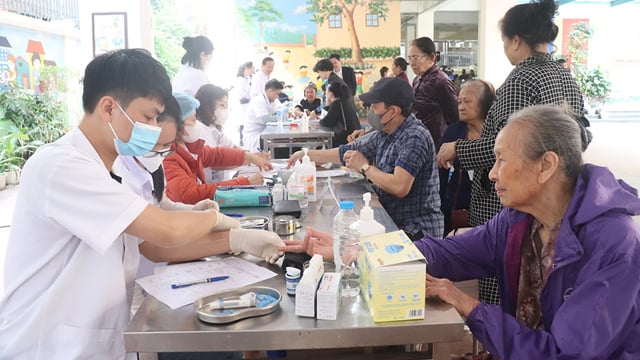



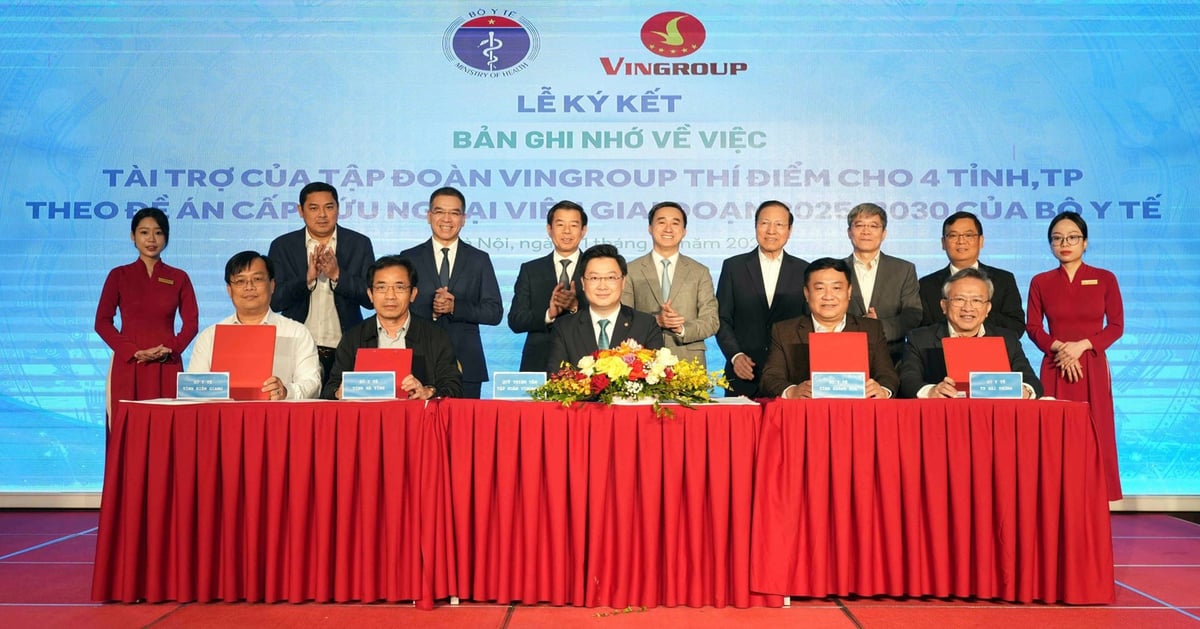
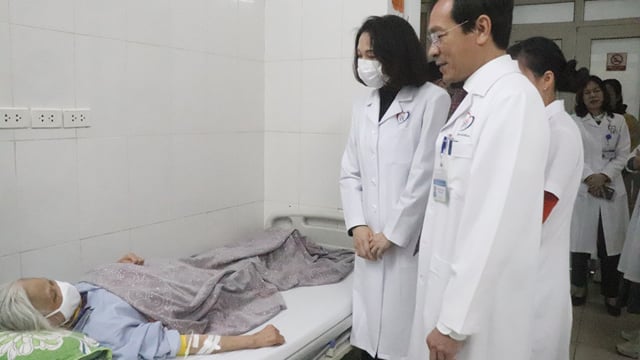
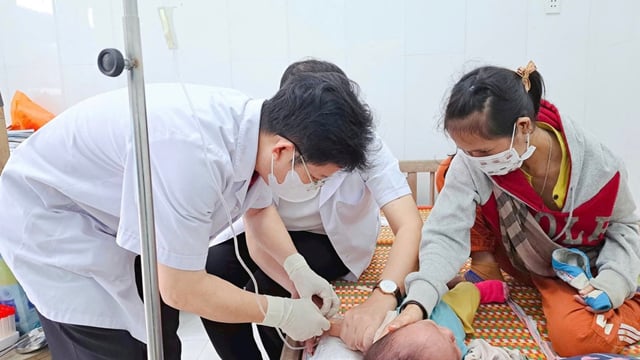
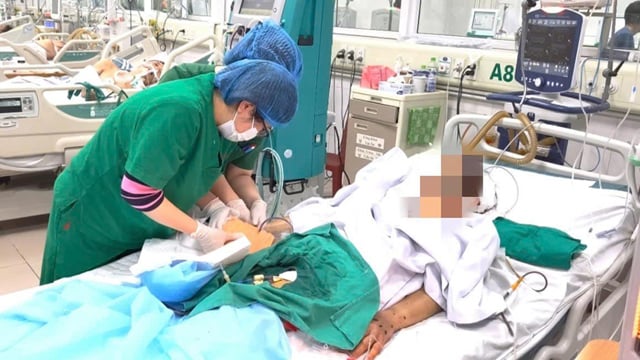














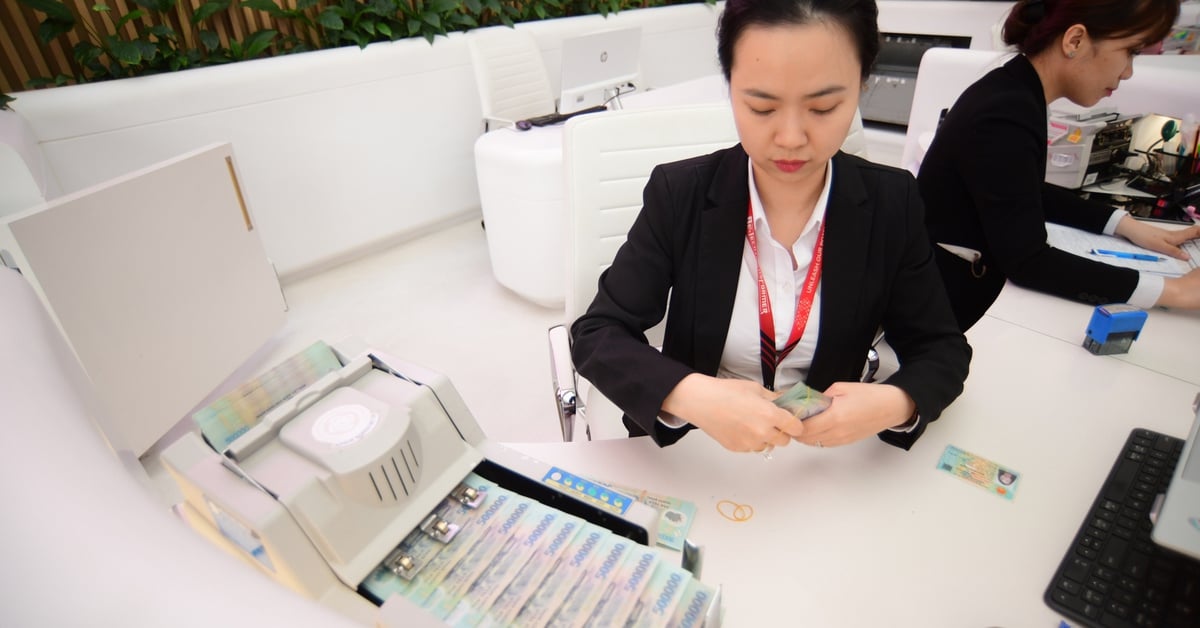











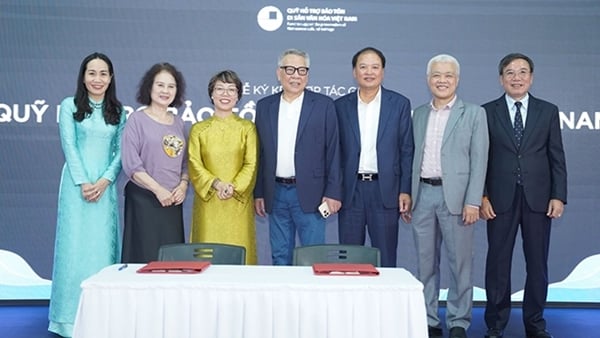
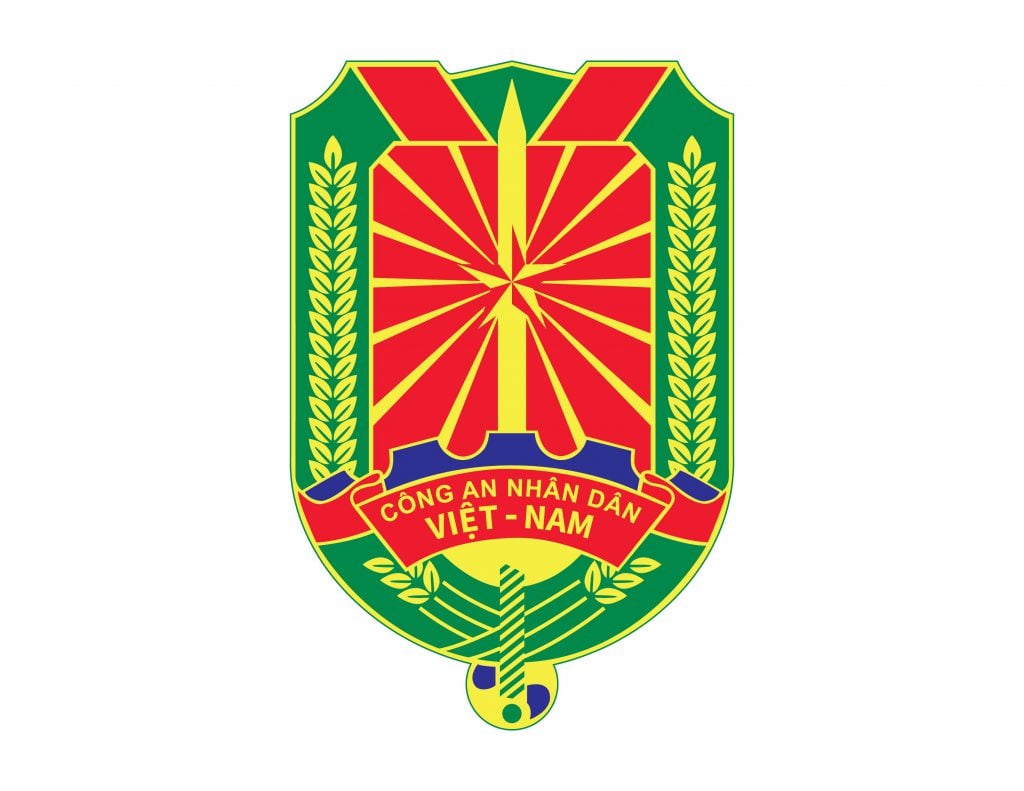
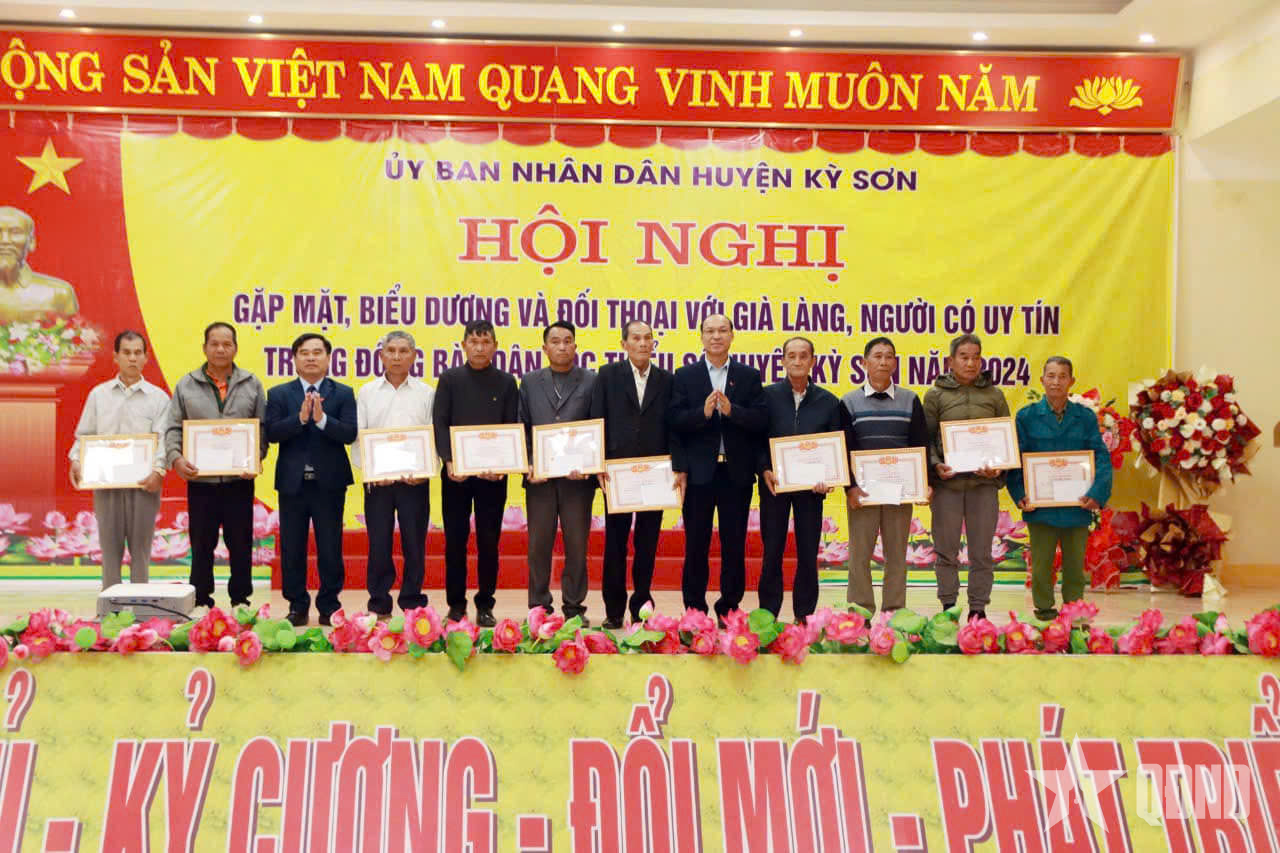























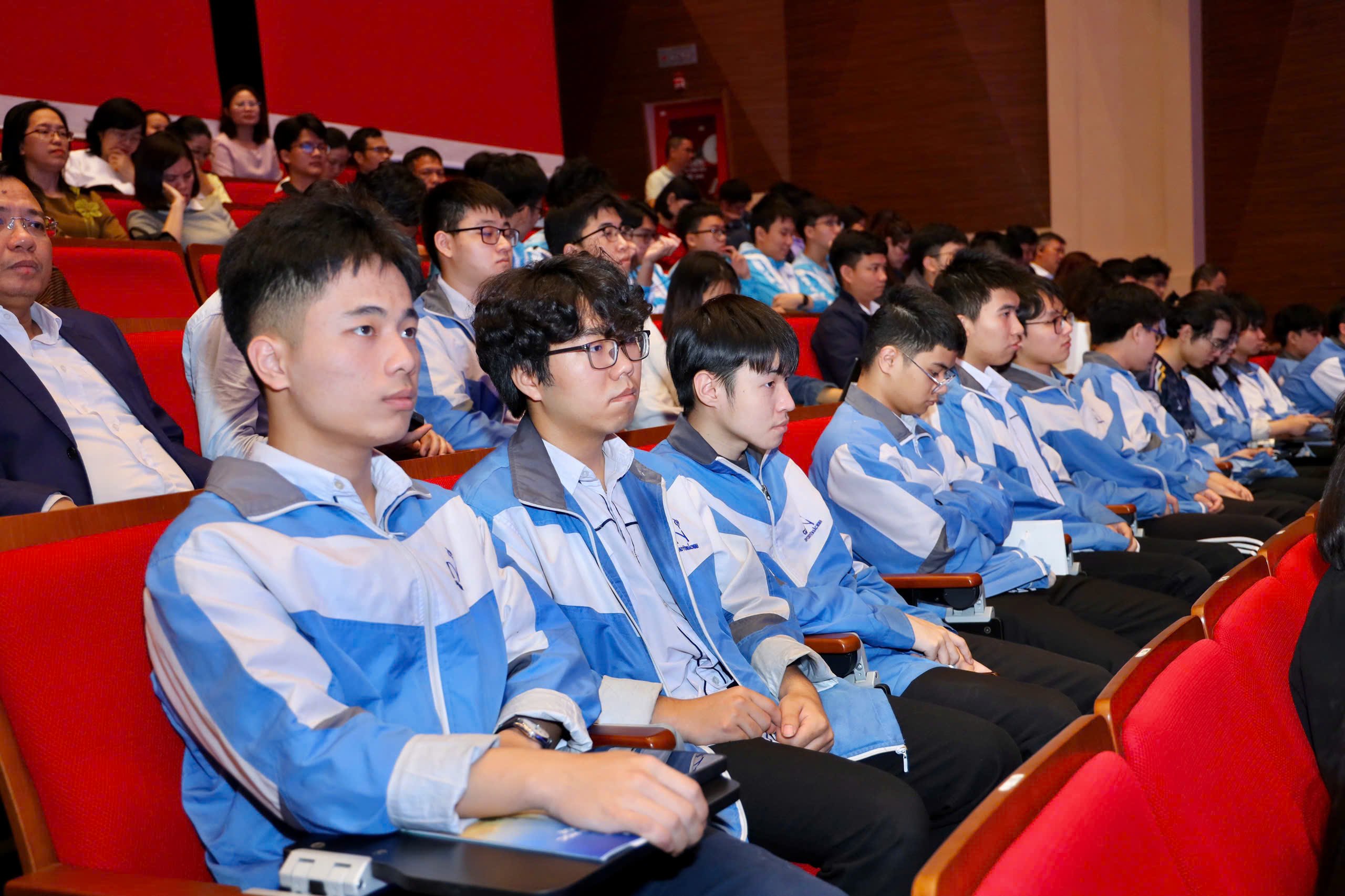





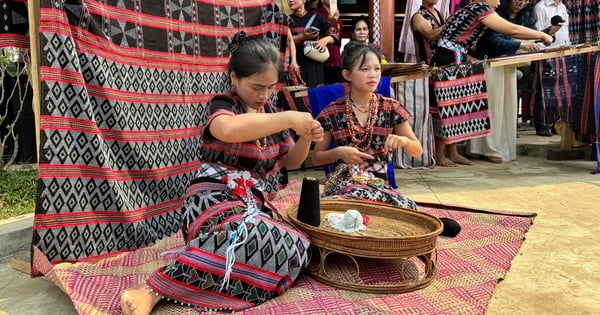









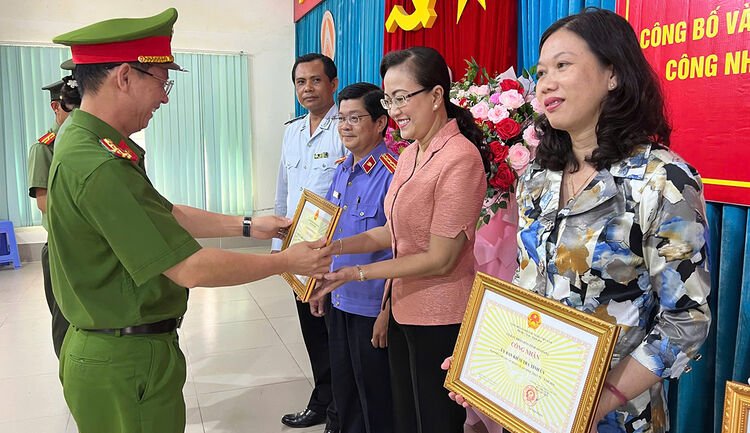
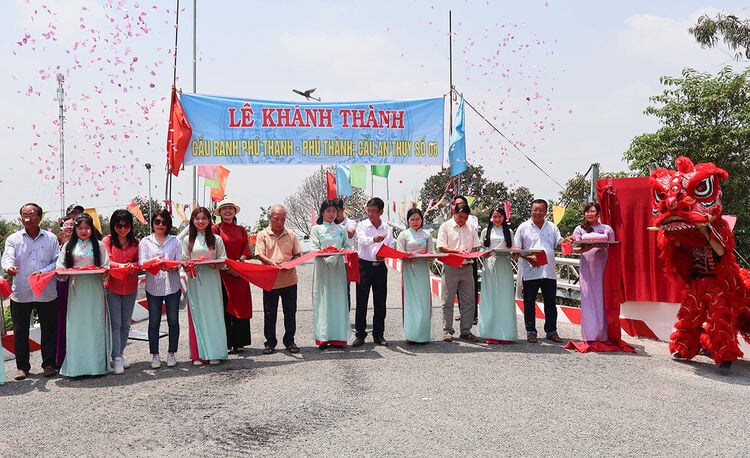
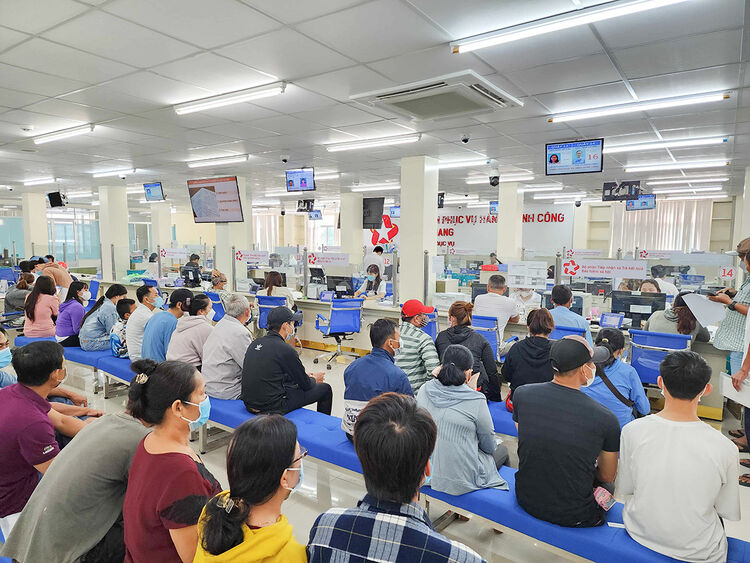




![[REVIEW OCOP] An Lanh Huong Vet Yen Cat](https://vstatic.vietnam.vn/vietnam/resource/IMAGE/2025/3/27/c25032328e9a47be9991d5be7c0cad8c)





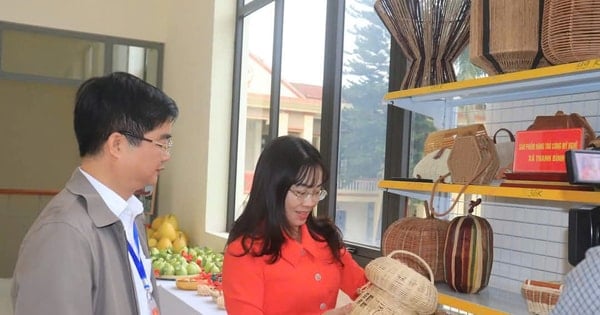
Comment (0)